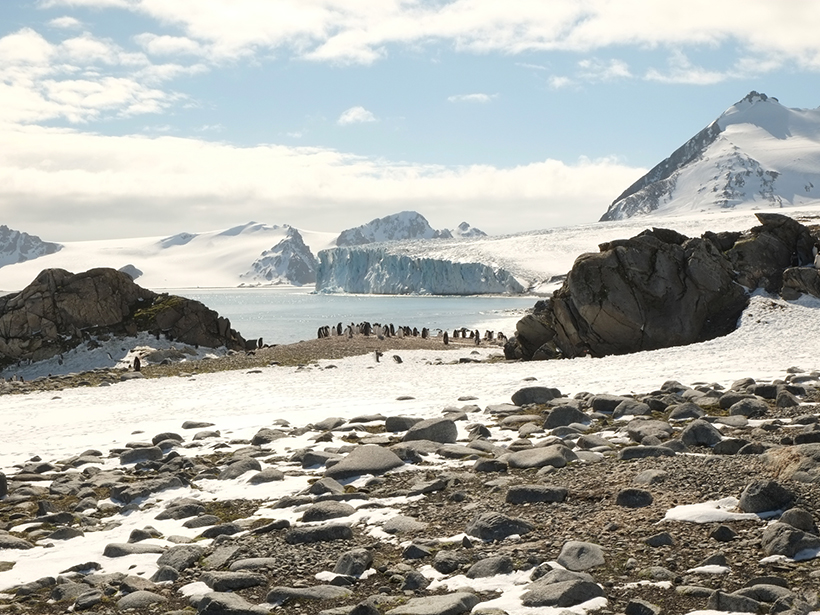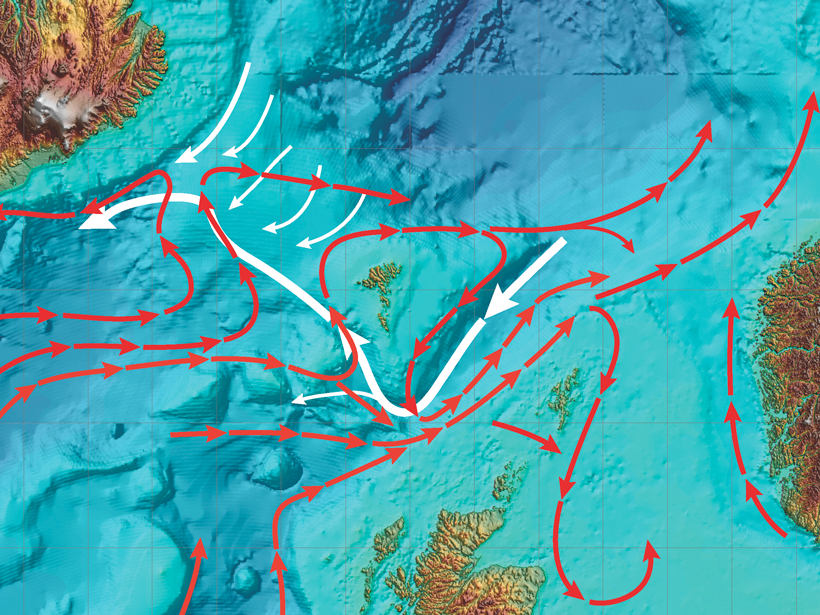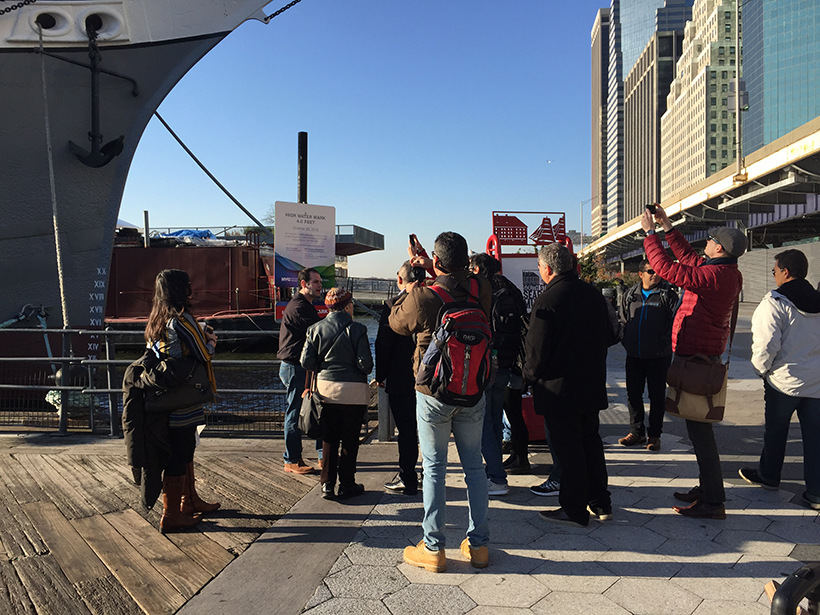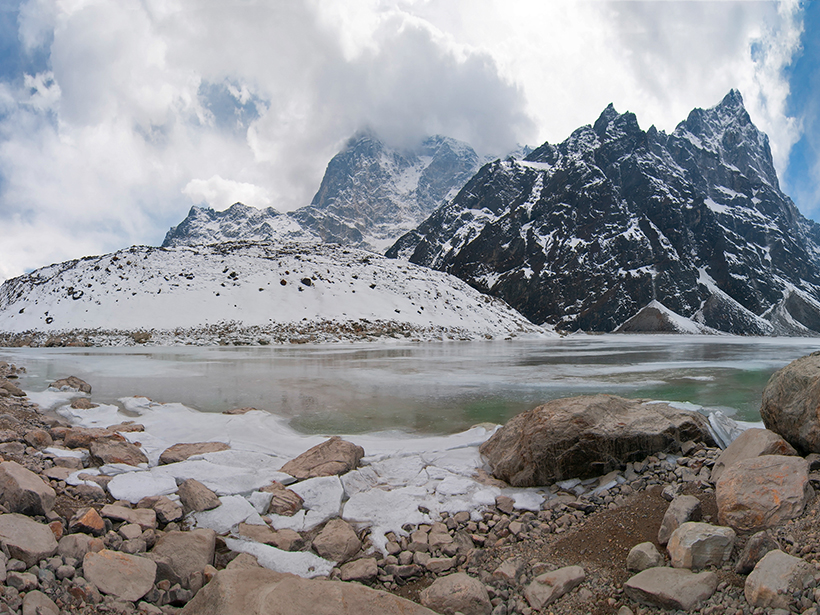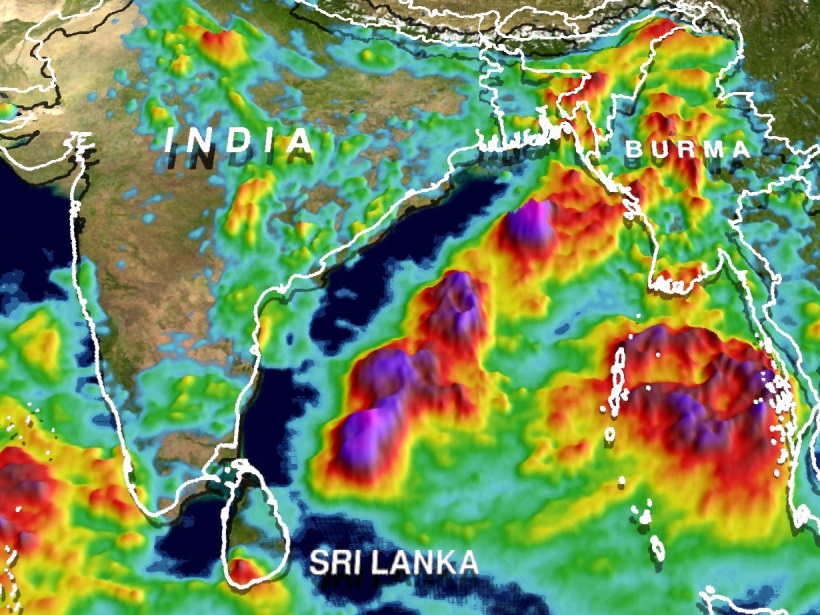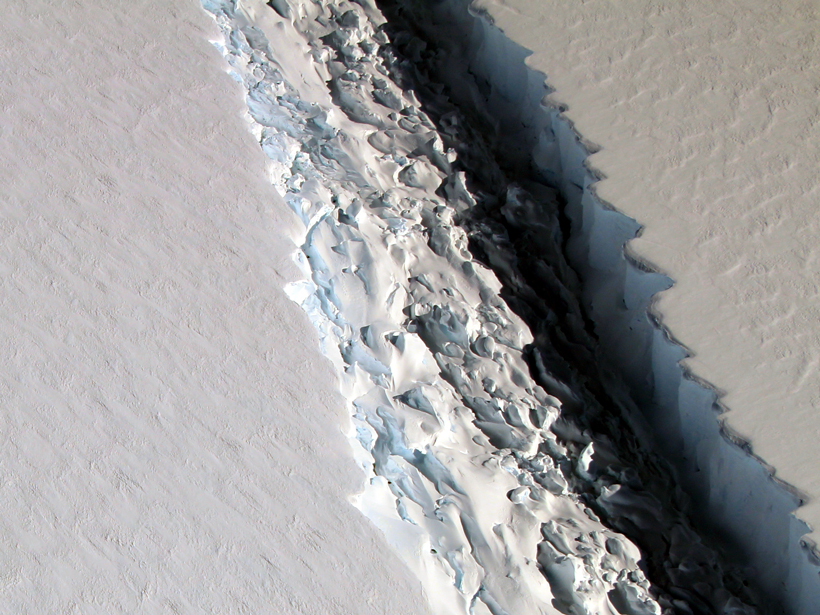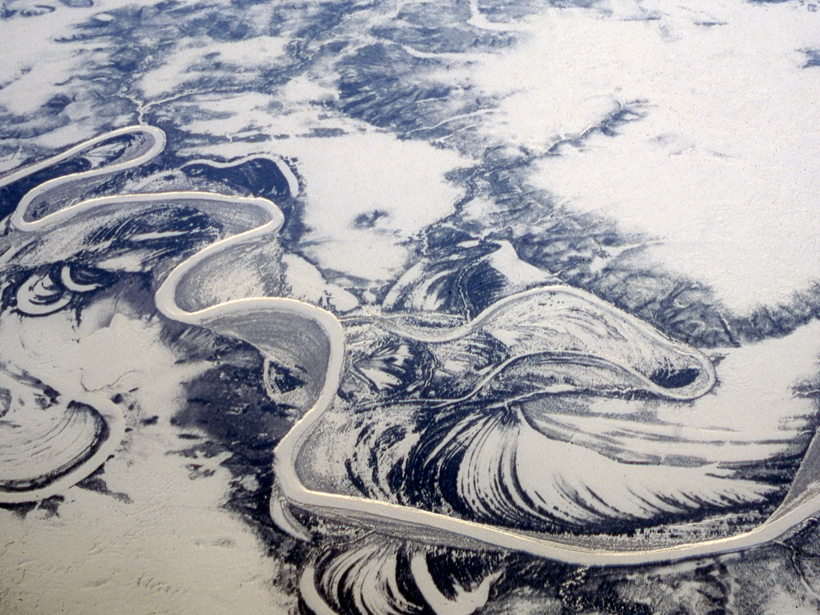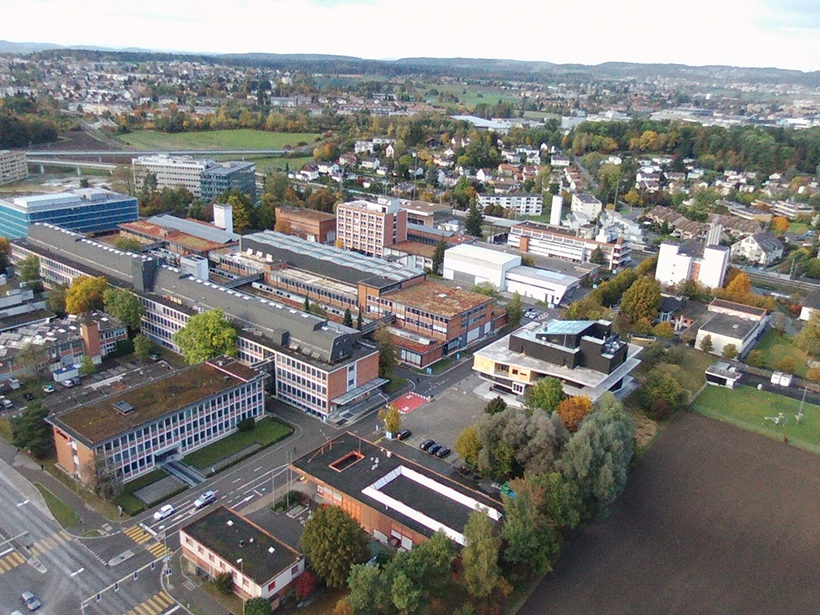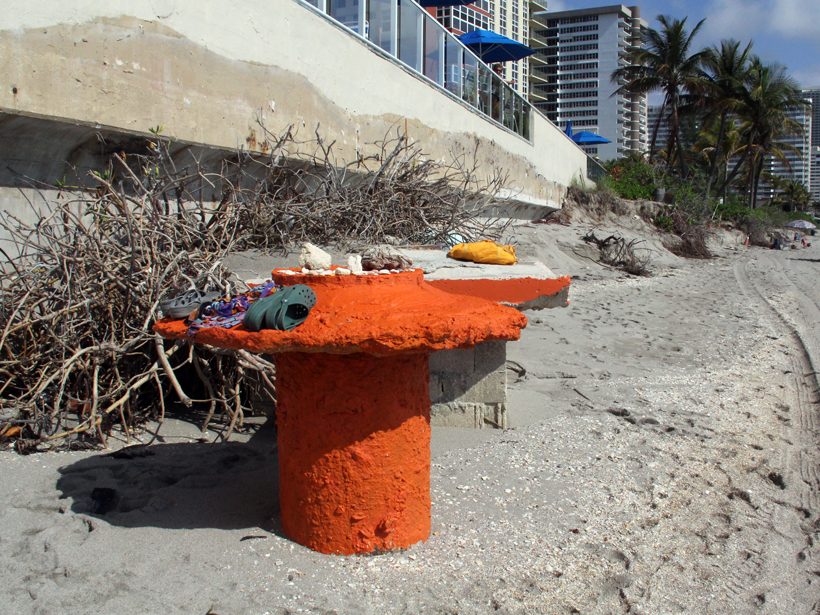As temperatures continue to rise, snow-dwelling microbes could accelerate melting and influence downstream ecosystems.
Climate Change
Tracking Water Through the North Atlantic Ocean
Workshop on Currents and Transports Across the Iceland-Faroe-Scotland Ridge; Tórshavn, Faroe Islands, 9–10 January 2017
Cities Partner to Prepare for Natural Hazards and Climate Change
NASA-Rio-UCCRN Workshop on Sea Level Rise, Urban Heat Islands, and Water Quality; New York, 14–16 November 2016
Climate Change Indicators Are Not Enough
Extreme events capture the public’s attention, but gradual climate shifts will more profoundly affect civilization and life on Earth. Scientists must get better at conveying this to the public.
Build Four New U.S. Polar Icebreakers, Report Urges
All of the ships should be “science ready,” whereas one should be “fully science capable,” according to new recommendations from the National Academies of Sciences, Engineering, and Medicine.
How Does Changing Climate Bring More Extreme Events?
The editors of a new book describe how and why weather and climate phenomena are intensifying with climate change.
Six Points of Perspective on Larsen C’s Huge New Iceberg
A Delaware-sized slab of ice just broke off Antarctica. Now what?
Climate Change Could Make Siberia an Attractive Place to Live
Although anticipated warmer temperatures promise to render the region more comfortable for people, the transformation might turn permafrost areas into inhospitable bogs.
New Technique Could Help Scientists Track Nitrous Oxide Sources
A long-term study in Switzerland reveals the promise of a new method to determine isotopic composition of the potent greenhouse gas.
Communities and Experts Collaborate for Climate Resilience
The Resilience Dialogues program provides resources and expertise to help communities build individualized plans for resilience in the face of climate change.

